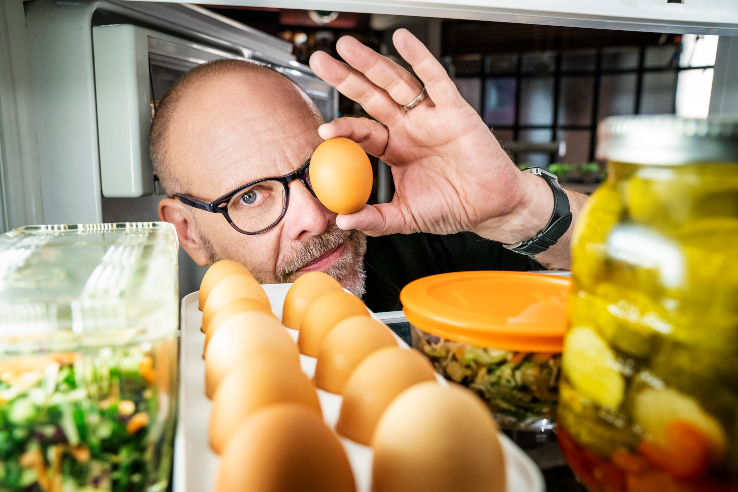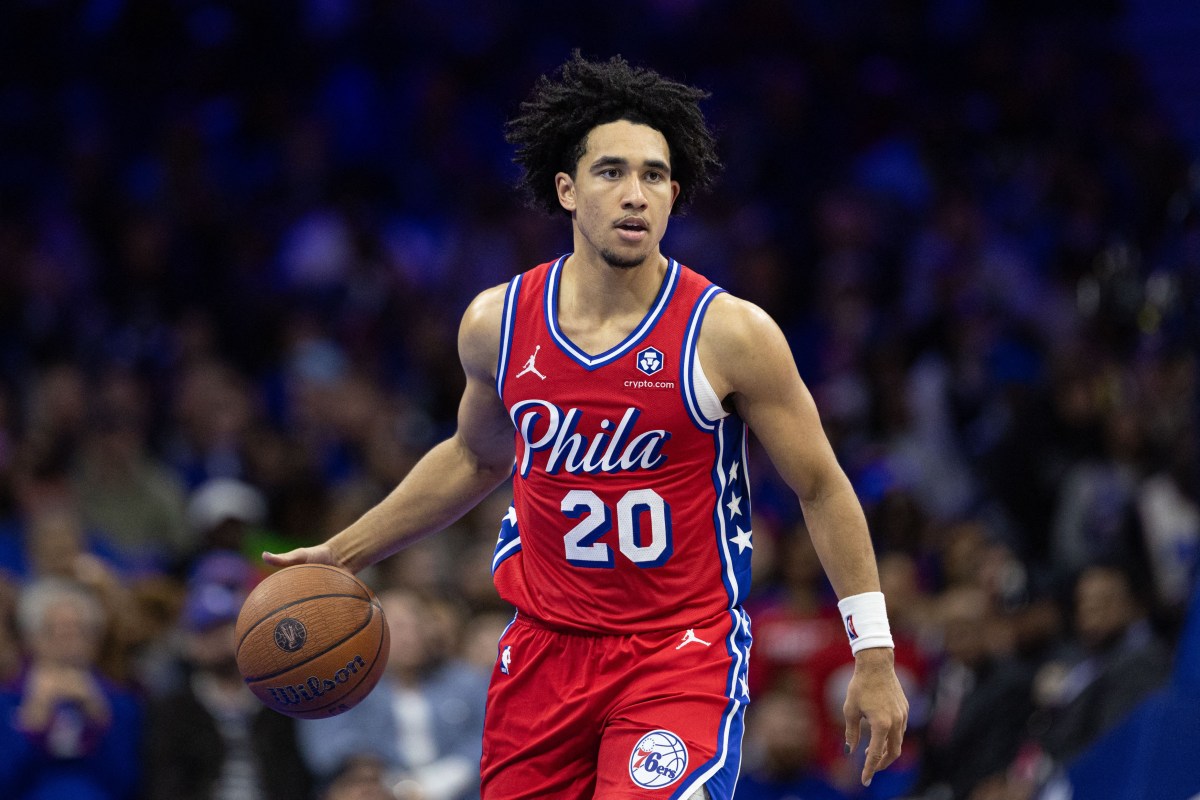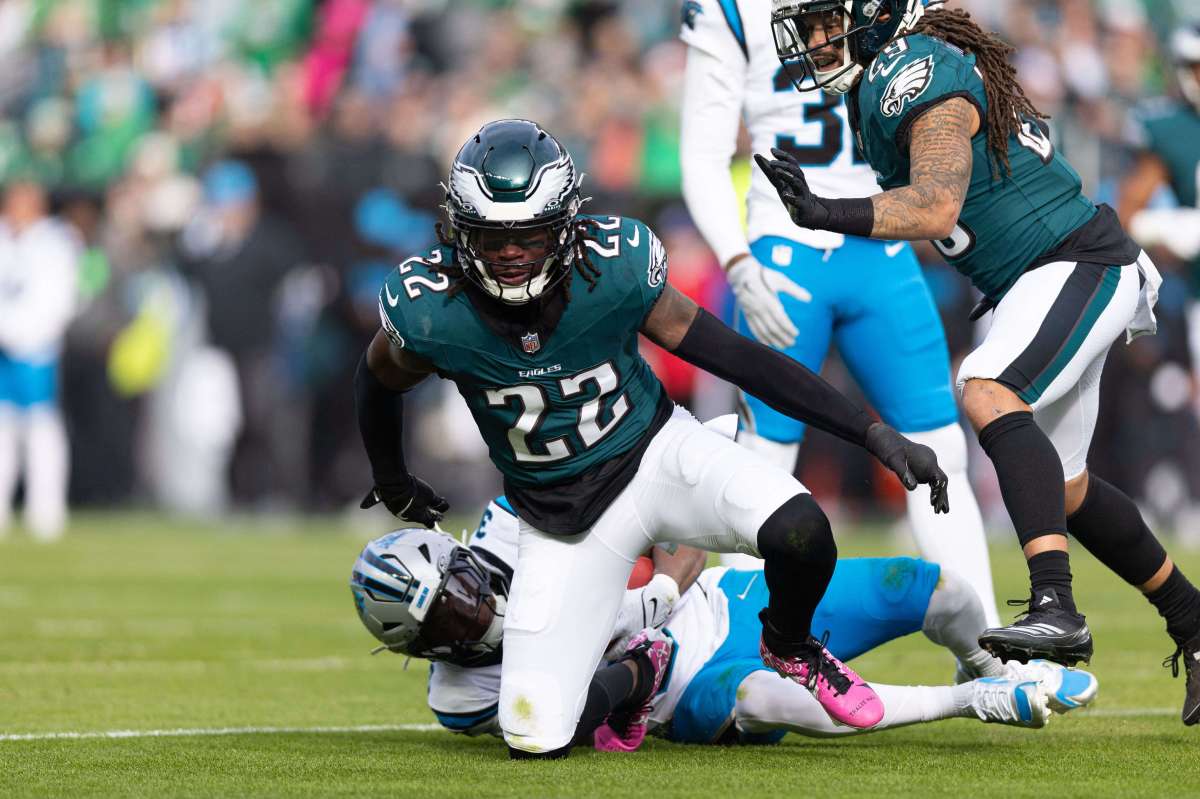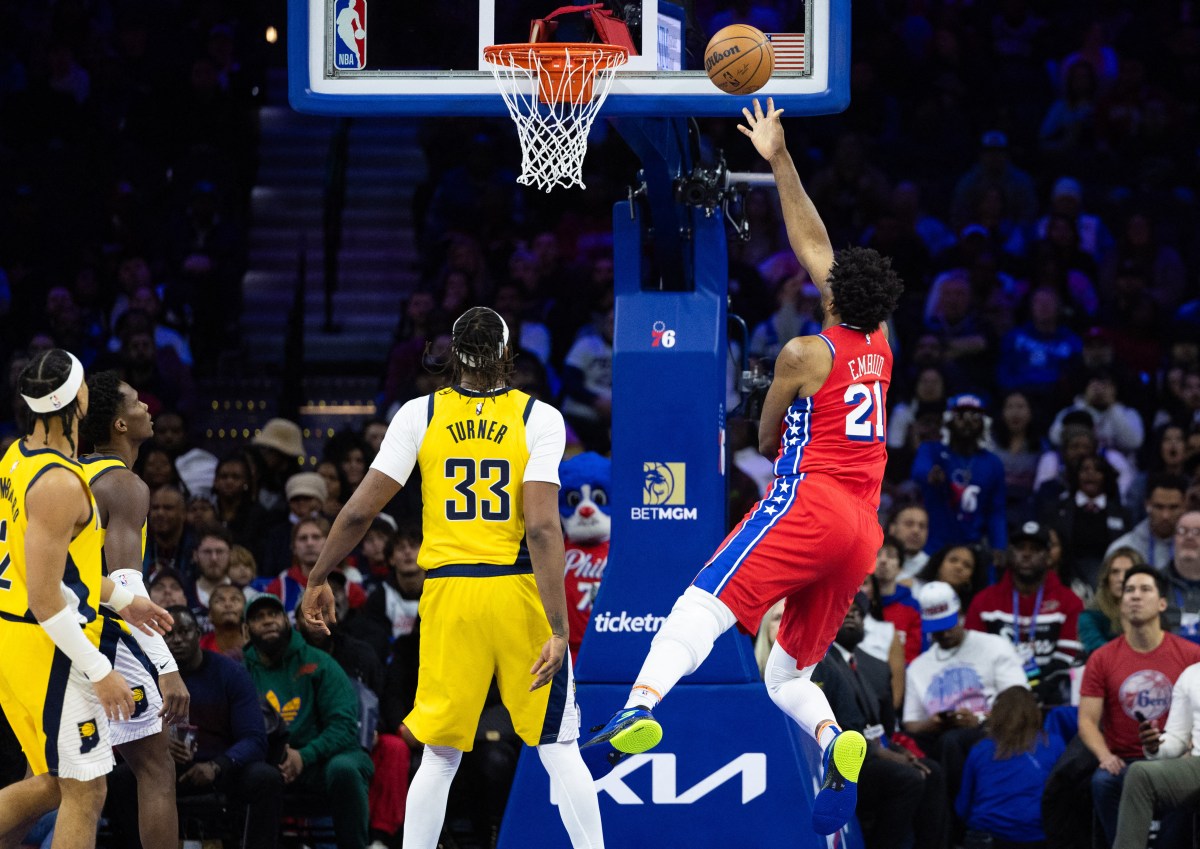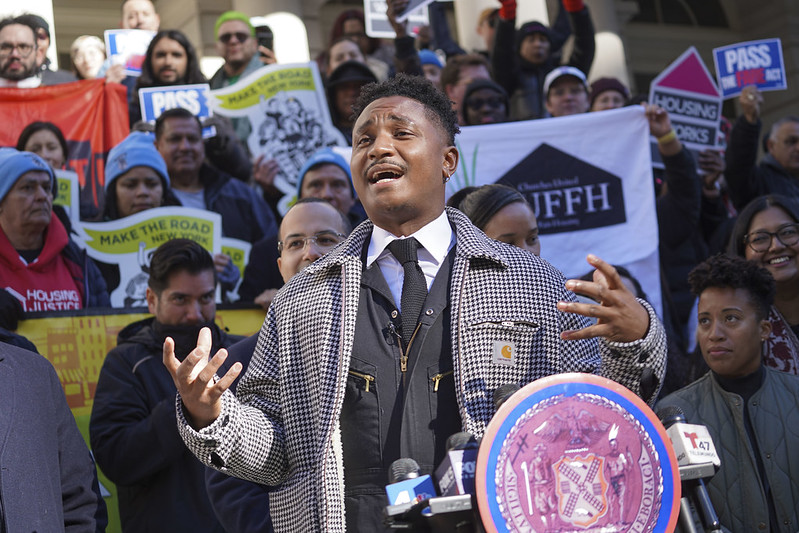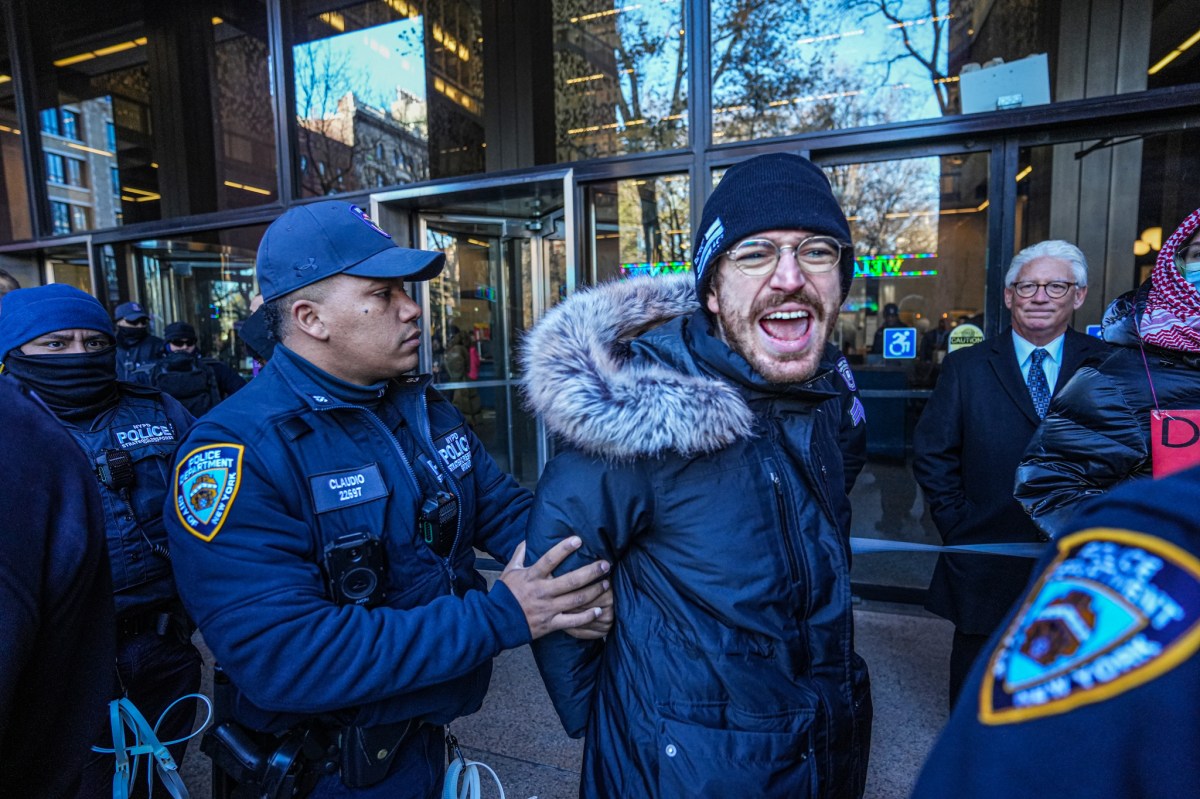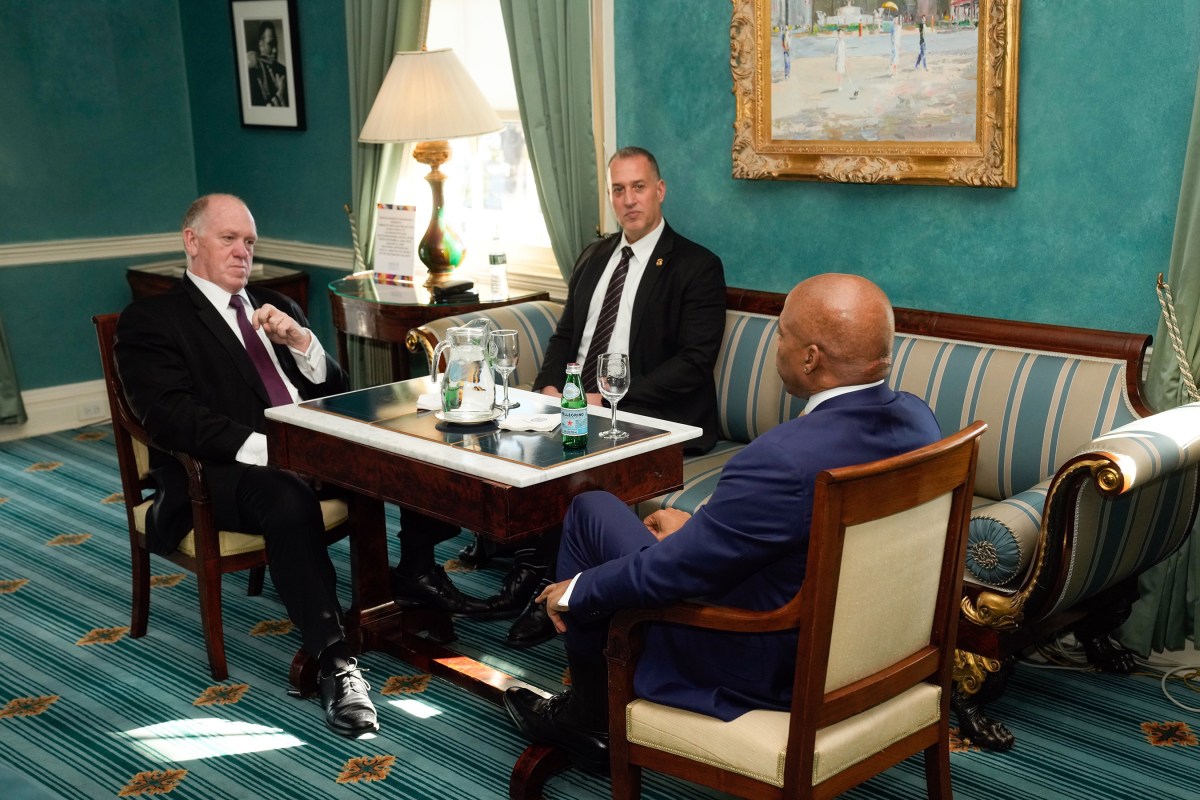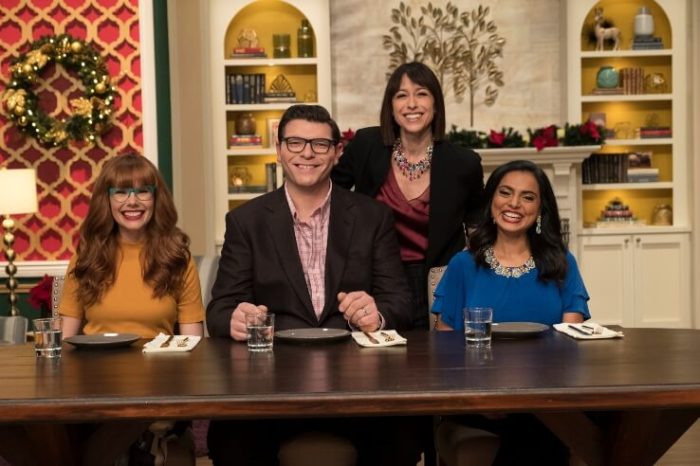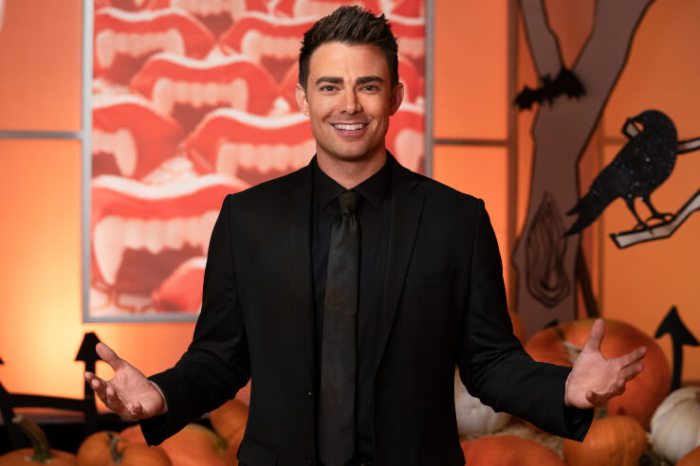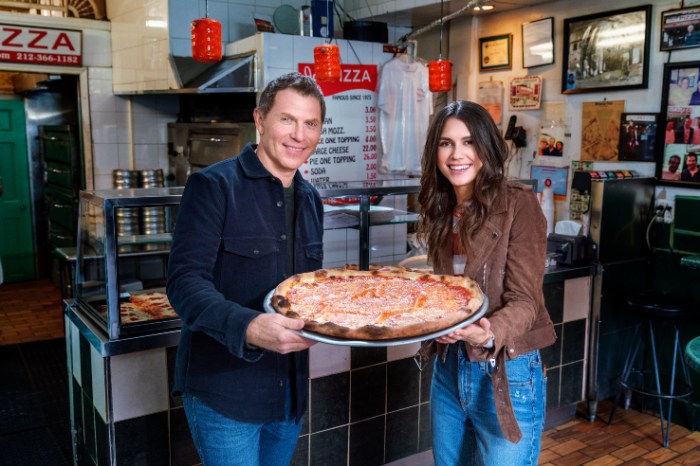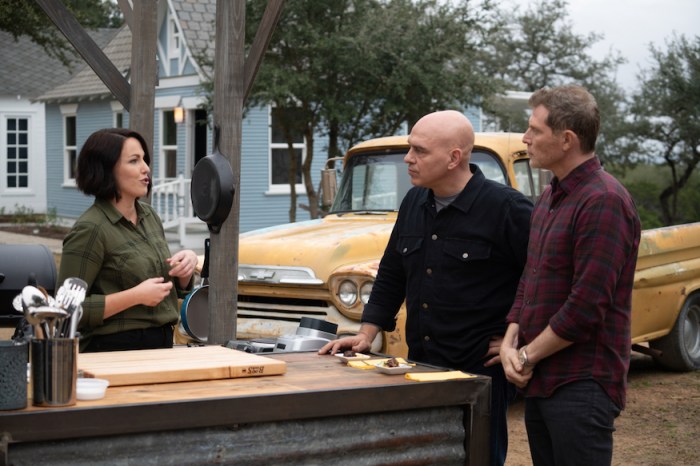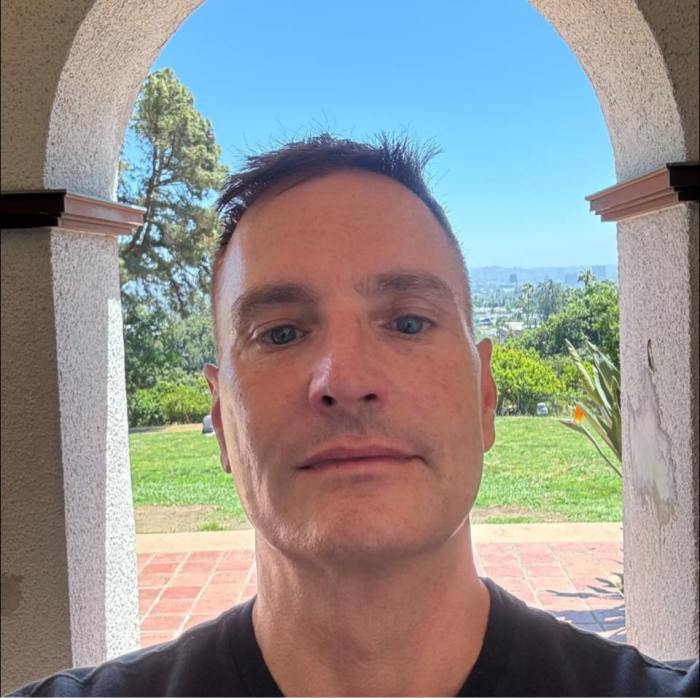When “Good Eats” first premiered in 1999, the show’s quirky style and innovative take on food captivated audiences and amassed host Alton Brown a loyal fanbase almost immediately. When the show went off the air in 2012, many thought that it was done for good.
However, Brown was simply waiting for the perfect opportunity to bring the legacy back— and now that time has finally come. Brown sat down with Metro to discuss the return of “Good Eats,” dive into why the show is unique and overall give his take on why knowledge gives you power in the kitchen.
Alton Brown gives the scoop on ‘Good Eats: The Return’
Why choose now to bring back “Good Eats: The Return”
Well, I had always planned on bringing it back, but I was waiting for three things. One, when I stopped making “Good Eats” I realized that media consumption was going to change from being strictly television-based to being internet-based. People were going to be watching on their phones more than they were on televisions, so I kind of wanted to see where that was going. Secondly, I also wanted to see how the internet was going to change in general. There were so many stories I couldn’t tell originally because they involved ingredients that people couldn’t get. Now, you can get anything– especially with Amazon and services that have food shipped directly. The third thing involved technology. There were a lot of things I wanted to do visually as a filmmaker that I couldn’t do before. I knew new elements were coming, some of them were just really expensive [at that time]. So I decided to wait and do other things until I had all of those three things in alignment.
I know you were involved with cinematography before as well, can you tell me a little more about the camera techniques that are involved?
For me, with “Good Eats”, we are making half-hour movies about food. It has always been my feeling, especially with the old show that we have to compete with TV commercials if we want you to watch. We have to be very visual and engaging to keep that part of your brain going. Now, it’s even more challenging because of all the different technologies that people are watching on and consuming on. So what we try to do is amp up our game visually by employing a lot of new techniques. We’re using some devices that we are the first to be using, and we’ve adopted some other technologies to allow cameras to do things that have never been done before. We employ a lot of kind of weird old-school analog techniques— we do a lot with mirrors and magnifying glasses. Some folks deal with computer-generated animation, and we are doing it the old-school way, treating it as theater almost. It’s a really different-looking show, our motto on “Good Eats” has been that every single day we would do a shot that has never been done before. Now that’s pretty much with every shot— we’ve never done most of them before. A lot has changed in the film world that allows us to do these cool things. Hopefully, it’s compelling for viewers.
Why do you think “Good Eats” has amassed such a loyal fan base, what would you say sets the show apart?
We’ve always said from the beginning that knowing how and understanding are powerful things. It’s not enough to know just how to put a recipe together, it really helps to understand why that recipe works and why these things happen. I think people respond to that kind of knowledge and that kind of know-how. It’s powerful, because at the end of the day if you don’t know all of that, all you have is a recipe and you’re not actually becoming a better cook. So we always try to approach our shows as empowering people to become better. We also always frame the episodes as stories— we’re storytellers. So we follow a scripted, narrative form to make people appreciate things in a different way. We’re doing a lot this season that involves a lot of historical [criteria]. We dive into the history of that one particular dish even if you don’t cook it so then you have a different appreciation for it. It’s easier to teach people if they are entertained, and if they are laughing that’s even better. Comedy is a huge part of what we do because I think it engages the human brain at a different level.

How do you continually find different ingredients and dishes that are featured in each episode?
Oh my gosh, there’s so many—- there’s a lot of food. Five or six years ago I couldn’t feature certain ingredients or dishes because people wouldn’t know what it is, now with social media even if you haven’t had something before you probably know what it is. That changes the way we feature the dishes because so many things are familiar now.
What would you tell die-hard fans to expect from the re-boot?
All of the original DNA is there, all of the cheap sock puppets and characters that people love from the show, with the exception of one that I couldn’t get on our schedule— but mainly they’re all back. So for “Good Eats” fans, every one of these shows is a love letter to them. I don’t think we’ve left anything out. But then I also realize there will be some people watching who weren’t even born when “Good Eats” was on, so we tried not to make it where someone who has never watched before would never get it. But there are a lot of inside jokes, a lot of returning characters and the DNA is completely intact.
On a personal level, how does it feel to bring “Good Eats” back?
I feel dangerously honored—- I’m honored to have created something that is of value to people. I do however despise nostalgia, I’m not a sentimental person. So I’ve got to earn the viewers all over again. I can’t just say let me into your home because you loved me twenty years ago. This is the best work I’ve ever done, and it’s the work I’ve been waiting to do, but I’m not riding in on a white stallion to soak up all of the love and then be on my way. It’s starting all over again. That makes it extremely stressful, I question everything because if you don’t like it, it’s my fault. I have to earn that all over again, so it’s a dangerous thing because it’s really easy to fall into thinking the show is beloved. If you do that, you get lazy.

